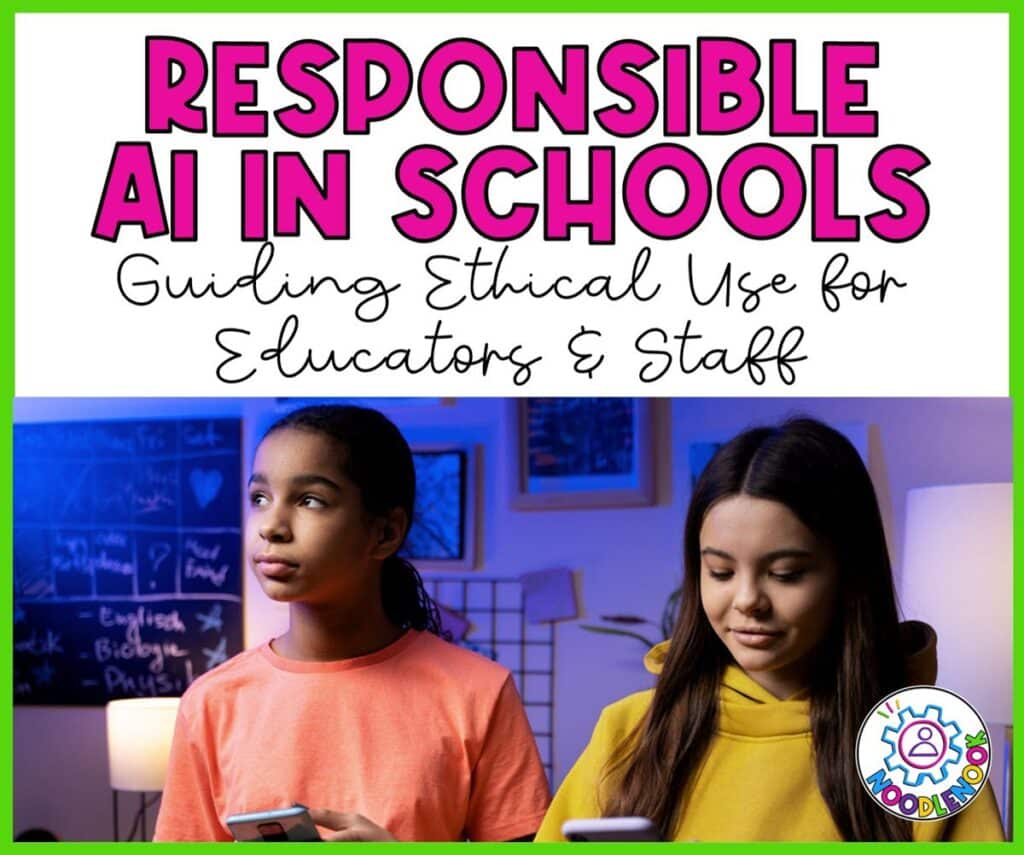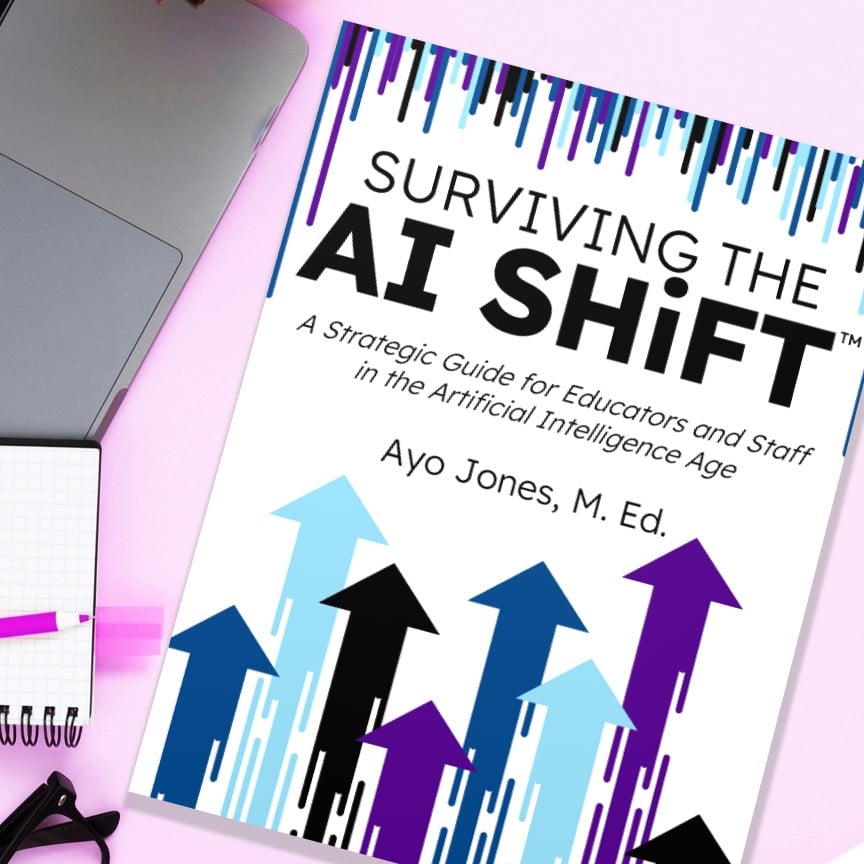AI is Here. How Do We Use It Responsibly?
The rise of Artificial Intelligence in education brings many opportunities. It also brings important questions about ethical use. How do we make sure AI tools are fair? How do we protect student privacy? How do we address concerns like AI bias or misinformation? These are critical questions for every school leader, administrator, and educator.
Navigating these ethical considerations is a key part of AI literacy. It is not enough to just use AI tools. We must use them with intention and care. This builds trust and sets a strong example for our students.

Key Ethical Considerations for AI in Education
Responsible AI use means being aware of several important areas:
- AI Bias: AI systems learn from data. If that data has biases, the AI output can reflect them. This impacts fairness in grading, resource allocation, or content generation.
- Data Privacy: What information are we sharing with AI tools? Protecting student and staff data is always a priority.
- Transparency: Can AI explain how it arrived at an answer? Understanding AI’s process helps us verify information and avoid blindly trusting outputs.
- Human Oversight: AI should assist, not replace, human judgment. Educators must maintain control and apply their professional discretion.
- Plagiarism & Authenticity: As students use AI, educators need clear approaches to academic integrity. This means rethinking what “original work” means in the AI Age.
Guiding Responsible AI Use with The SHIFT System™
The SHIFT System™ provides a human-centric framework for addressing these ethical concerns directly. It helps educators and staff develop the critical skills needed for responsible AI integration:
- SEE: Precisely observe AI outputs. Look for subtle biases or missing details that might reveal ethical concerns.
- HUMANIZE: Always prioritize human creativity, judgment, and ethical values. Use tools like the AI-o-Meter to reflect on AI’s contribution to a task.
- ITERATE: Refine AI outputs to remove bias or improve fairness. Understand that the first answer may not be the most responsible.
- FRAME: Clearly define AI requests with ethical guidelines in mind. Specify fair, unbiased, or inclusive outcomes in your prompts.
- THINK: Critically analyze AI responses. Ask instigating questions about assumptions or potential biases. Develop deep insights into AI’s impact.
These skills move your institution towards a proactive, ethical approach to AI.
Building a Culture of Responsible AI
Responsible AI use in schools is a shared responsibility. It starts with informed leadership and extends to every adult staff member. By building AI literacy, you create a foundation for ethical decision-making. This helps your institution safely and thoughtfully integrate AI.
Explore “The SHIFT System™ AI Jumpstart.” It provides the book, playbooks, and video guides to start your team’s journey towards confident, responsible AI integration.


